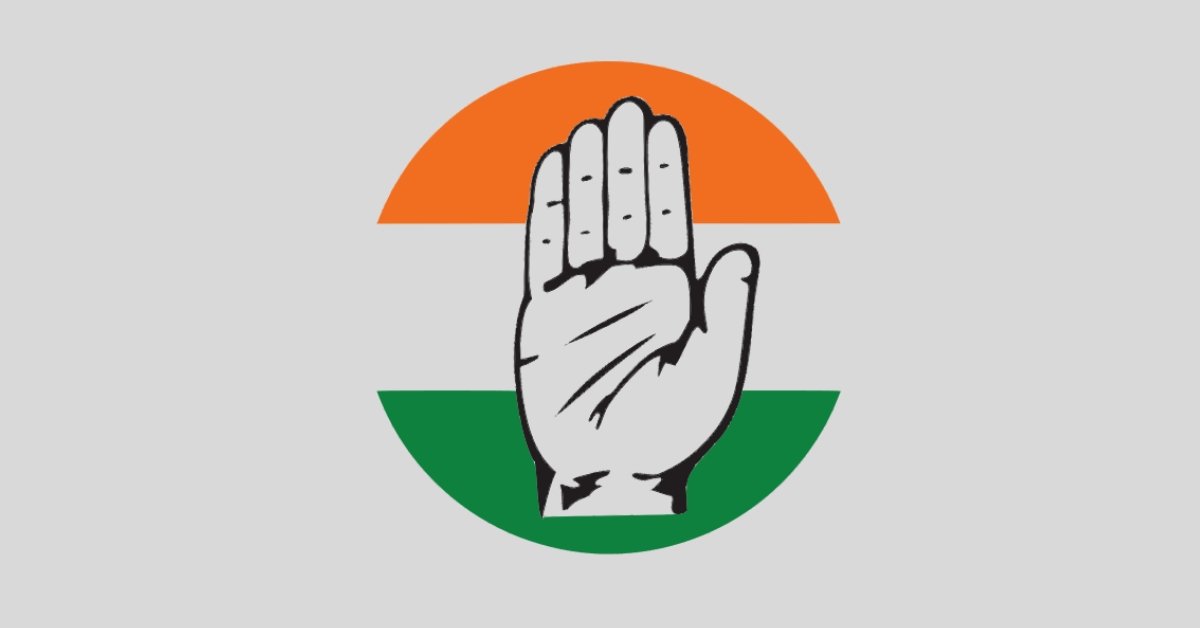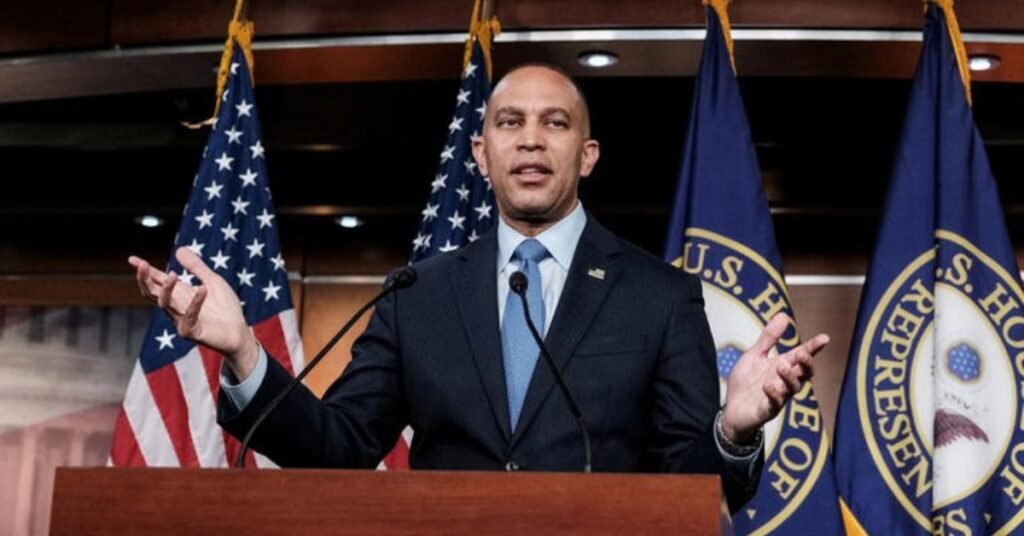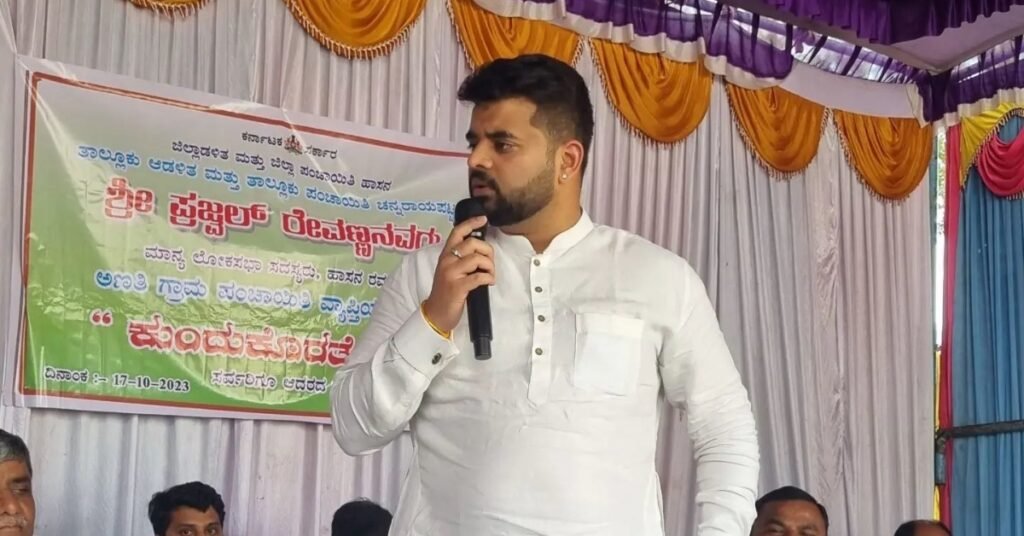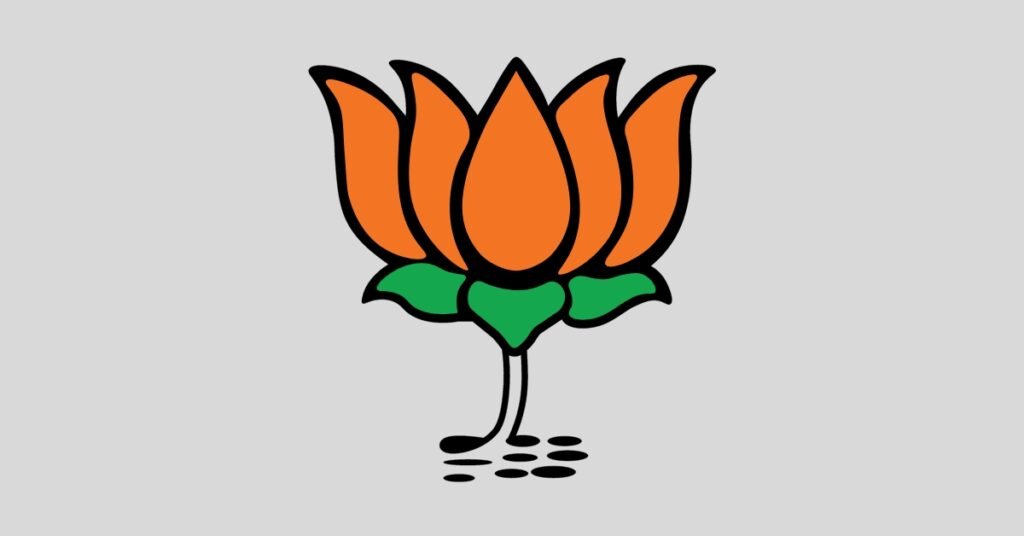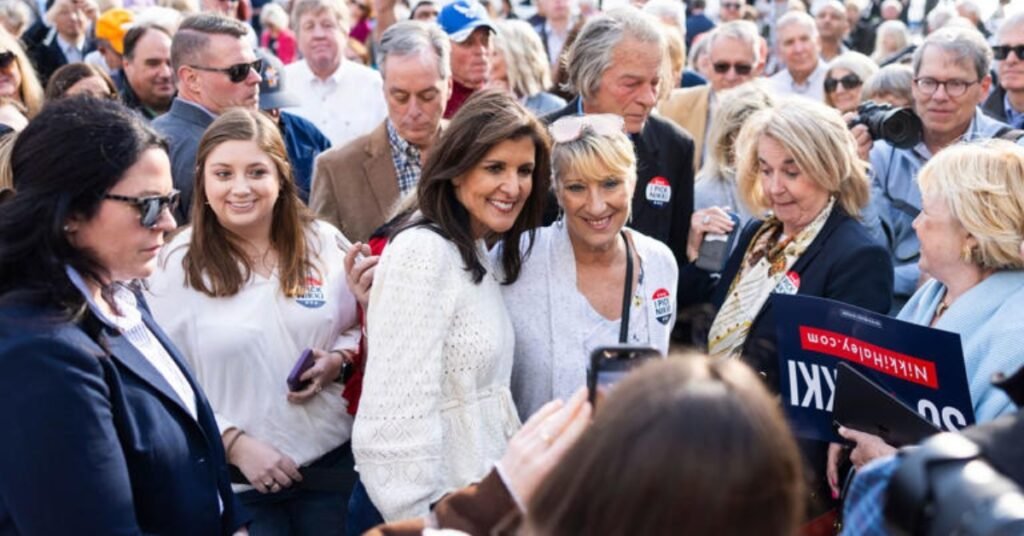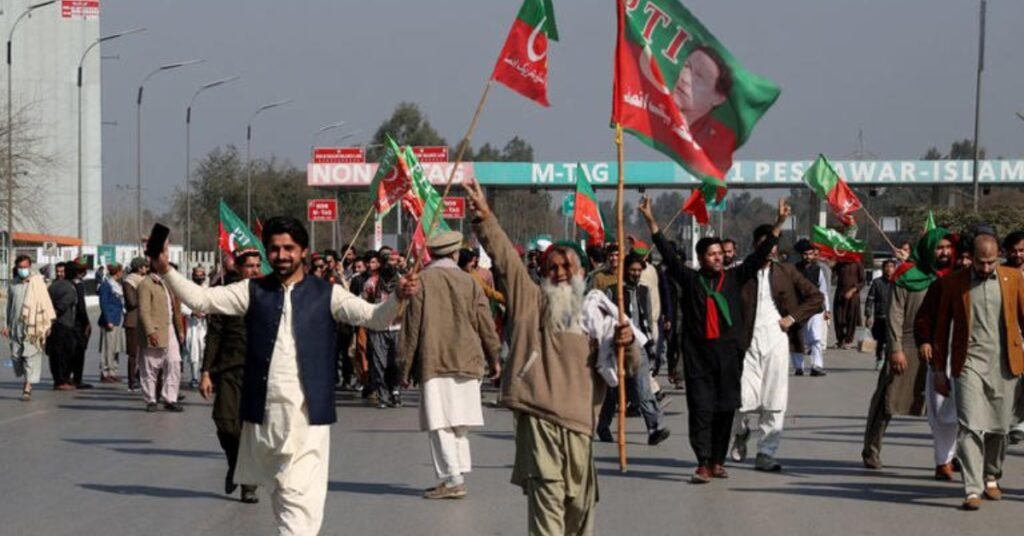Explore 100 fascinating facts about the Indian National Congress, including its founding, role in independence, economic policies, and notable leaders.
Table of Contents
The Indian National Congress (INC) is a pivotal force in Indian politics with a history spanning over a century.
Established in 1885, it played a crucial role in India’s struggle for independence and has been a major participant in the governance of independent India.
Facts About the Indian National Congress
This comprehensive blog post explores 100 facts about the Indian National Congress, segmented into 20 categories, each reflecting a unique aspect of its storied legacy.
Founding and Early Years
- The Indian National Congress was founded on December 28, 1885.
- A.O. Hume, a retired British civil servant, played a significant role in its formation.
- The first session was held in Bombay (now Mumbai) and was attended by 72 delegates.
- Initially, the Congress aimed to promote better understanding between the British and Indians.
- Womesh Chunder Bonnerjee was elected as the first president of the Congress.
- The early Congress was moderate in its approach and advocated for constitutional methods.
- The first few sessions were instrumental in defining the organizational structure.
- The Congress rapidly became the principal leader of the Indian nationalist movement.
- The partition of Bengal in 1905 led to a surge in Congress’s popularity.
- By 1907, Congress had split into Moderates and Extremists over methodological differences.
Role in Independence
- The Congress endorsed the Non-Cooperation Movement led by Mahatma Gandhi in 1920.
- It was at the forefront of the Civil Disobedience Movement in 1930.
- The Congress launched the Quit India Movement in 1942 under Gandhi’s leadership.
- Congress leaders were frequently imprisoned during the freedom struggle.
- The party adopted the tricolor, which later became India’s national flag.
- Congress sessions became a platform for publicizing grievances against British rule.
- The Lahore Session of 1929 formally demanded complete independence (Purna Swaraj).
- Congress initiated several rounds of negotiations with the British for India’s independence.
- August 15, 1947, marked India’s independence with Jawaharlal Nehru of the Congress as the first Prime Minister.
- Congress leaders significantly managed the transition of power in 1947.
Prime Ministers from Congress
- Jawaharlal Nehru served as the Prime Minister from 1947 until he died in 1964.
- Indira Gandhi, Nehru’s daughter, served as Prime Minister for four terms.
- Rajiv Gandhi, Indira’s son, took over after her assassination in 1984.
- Manmohan Singh was the Prime Minister from 2004 to 2014, known for economic reforms and liberalization.
- Lal Bahadur Shastri, who coined the slogan “Jai Jawan Jai Kisan,” was also from Congress.
- Congress has significantly shaped India’s domestic and foreign policies.
- Narasimha Rao, a Congress PM, is credited with economic liberalization in the 1990s.
- Indira Gandhi declared the Emergency in 1975, a controversial period in Indian politics.
- Rajiv Gandhi was instrumental in the I.T. and telecom revolution in India.
- Every Congress Prime Minister has contributed to shaping modern India’s legislative framework.
Economic Policies
- The Nehruvian socialist economic model was the hallmark of early independent India.
- The Green Revolution during the 1960s was initiated under Congress’s leadership to make India self-sufficient in food.
- Economic liberalization in 1991 under P.V. Narasimha Rao moved India towards a market-oriented economy.
- The Congress-led UPA government introduced the Right to Information Act in 2005.
- The National Rural Employment Guarantee Act (2005) aimed at enhancing livelihood security.
- Congress governments have traditionally focused on welfare schemes and poverty reduction.
- The introduction of the Goods and Services Tax (GST) was prepared under the Congress-led UPA, though implemented by the next government.
- The Bharat Nirman program was a village infrastructure project initiated by Congress.
- Five-Year Plans, a legacy of the Soviet model, were a significant part of Congress’s economic strategy.
- Congress has often been criticized for its populist economic measures, which some argue have led to fiscal deficits.
Congress and Social Reforms
- Congress advocated for the Hindu Code Bill, which reformed Hindu personal law in the 1950s.
- The abolition of untouchability was a significant part of early Congress agendas.
- The Right to Education Act (2009) was another landmark initiative initiated during a Congressional regime.
- Women’s reservation in local governance was a major step by Rajiv Gandhi’s government.
- Congress has consistently supported affirmative action for underprivileged communities in India.
- Anti-dowry legislation was strengthened during Congress tenures.
- Congress governments have promoted secular policies and inclusive governance.
- The National Food Security Act (2013) aimed at providing subsidized food grains to approximately two-thirds of India’s population.
- The Maternity Benefit (Amendment) Act, 2017, increasing maternity leave to 26 weeks, was passed during Congress-supported rule.
- The Land Acquisition, Rehabilitation, and Resettlement Act of 2013 aimed at ensuring fair compensation for land acquired by the government, reflecting Congress’s focus on social justice.
Foreign Policy Initiatives
- Non-Alignment was a major policy adopted during Nehru’s tenure, positioning India as a leader in the Non-Aligned Movement.
- India’s first nuclear test in 1974 was conducted under Indira Gandhi’s leadership.
- The India-Russia friendship treaty in 1971 was a strategic alliance during the Cold War.
- Rajiv Gandhi played a key role in forming SAARC and promoting regional cooperation.
- Manmohan Singh’s tenure saw significant improvement in US-India relations.
- The Indo-US nuclear deal, initiated during Manmohan Singh’s tenure, was a landmark in nuclear diplomacy.
- Congress has often advocated for a balanced approach towards China and Pakistan.
- Indira Gandhi was known for her decisive action in creating Bangladesh in 1971.
- The Look East policy, aimed at strengthening relationships with Southeast Asian countries, was pursued aggressively by the Congress.
- Peace missions to Sri Lanka and Maldives underscored Congress’s commitment to regional stability.
Notable Congress Leaders
- Sardar Vallabhbhai Patel, a key Congress leader, played a vital role in integrating princely states into modern India.
- Maulana Abul Kalam Azad, a senior Congress leader, was deeply involved in education and cultural development.
- Although he later parted ways, Subhash Chandra Bose was initially a prominent Congress leader.
- Sonia Gandhi, an Italian-born Indian politician, is one of the longest-serving presidents of Congress.
- As a contemporary face, Rahul Gandhi represents the younger generation of Congress leadership.
- With his long tenure, Kamal Nath has been a significant party figure.
- Arjun Singh was known for his role in educational reforms and affirmative action policies.
- Pranab Mukherjee, former President of India, served in various ministerial capacities under Congress governments.
- Meira Kumar, the first woman Speaker of the Lok Sabha, was a Congress leader.
- P. Chidambaram has been influential in shaping economic policies during Congress rule.
Significant Congress Movements
- The Dandi March, a direct action campaign of tax resistance and nonviolent protest, was prominently led by Congress under Gandhi’s leadership.
- The Salt Satyagraha of 1930 was a pivotal episode in the Indian independence movement facilitated by the Congress.
- The Congress launched the Quit India Movement in 1942, demanding an end to British rule.
- Congress’s ideologies supported Vinoba Bhave’s Bhoodan Movement, promoting voluntary land reform.
- The Navnirman Movement in Gujarat and the Total Revolution Movement by Jayaprakash Narayan saw indirect support from various Congress factions.
- The Anti-Sikh riots in 1984 were a dark chapter in Congress’s history following Indira Gandhi’s assassination.
- The Assam Accord was signed in 1985, resolving longstanding issues of unauthorized migration and ethnic tension.
- Congress has been involved in several initiatives for communal harmony and peace, especially post-independence.
- The movement for women’s reservation in parliament has been a longstanding struggle supported by Congress.
- The Youth Congress has organized numerous movements to involve young people in politics.
Congress in Opposition
- Following its dominance in Indian politics, Congress has experienced significant opposition periods.
- The party has played a critical role in the functioning of democracy by providing constructive criticism to ruling governments.
- Congress has been a part of several coalition governments, both as the leading and supporting party.
- The party has struggled with internal factionalism and leadership challenges in recent years.
- Congress’s role in opposition is marked by advocating for transparency, accountability, and upholding democratic values.
- It has frequently raised corruption, environmental policies, and economic mismanagement issues.
- Congress opposition periods are often used to re-strategize and focus on grassroots mobilization.
- The party emphasizes the importance of a strong opposition for a healthy democracy.
- Congress has been pivotal in highlighting human rights issues and injustices.
- It has maintained a stance against authoritarian trends and policies threatening constitutional rights.
Congress and the Media
- Congress has had a complex relationship with the Indian media, evolving from mutual support to criticism.
- The Emergency period (1975-1977) under Indira Gandhi saw a significant clampdown on the press.
- Rajiv Gandhi’s government initially attempted to pass the Anti-Defamation Bill, which was seen as curbing press freedom, though it was withdrawn later.
- The party has used traditional and new media platforms to engage with citizens.
- Congress’s I.T. cell actively counters misinformation and promotes party agendas online.
- The party often accuses media outlets of biased reporting and spreading fake news.
- Social media has become a key arena for Congress to reach younger voters.
- The National Herald case, involving alleged financial irregularities in a newspaper associated with Congress leaders, has been widely covered in the media.
- Congress leaders actively participate in media debates and discussions to present their views.
- The party has been improving its media strategy better to handle the era of instant news and social media.
Conclusion
The Indian National Congress has been an integral part of India’s political landscape, influencing its path towards becoming a modern democratic state.
Through its various leaders, policies, and initiatives, Congress has left an indelible mark on India’s history and continues to play a crucial role in shaping its future.
Whether in power or opposition, the Congress’s contributions to Indian society and governance reflect a complex narrative of achievement, challenges, and transformation.
